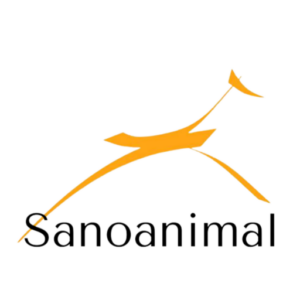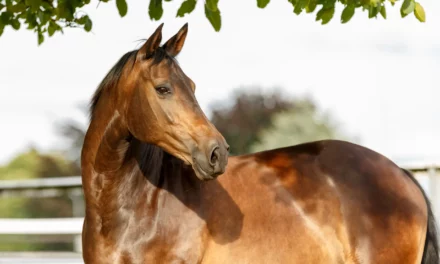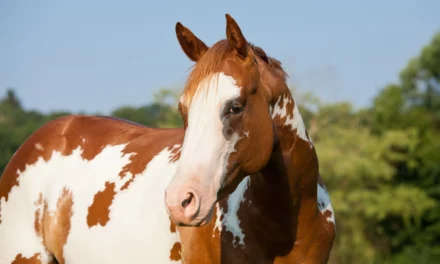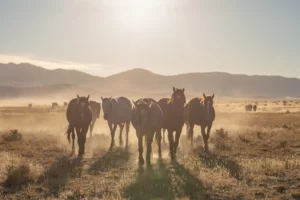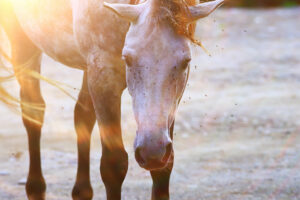
X-ray, ultrasound & co: diagnostic imaging methods for horses
Reading Time: 8 minutes We’ve all been there: the horse is lame, and nobody knows why. That’s where it gets expensive, the first step before therapy is to diagnose the problem. Next question is which tool is most suited to reach an appropriate diagnosis? The options are varied, but not always entirely favourable. If
